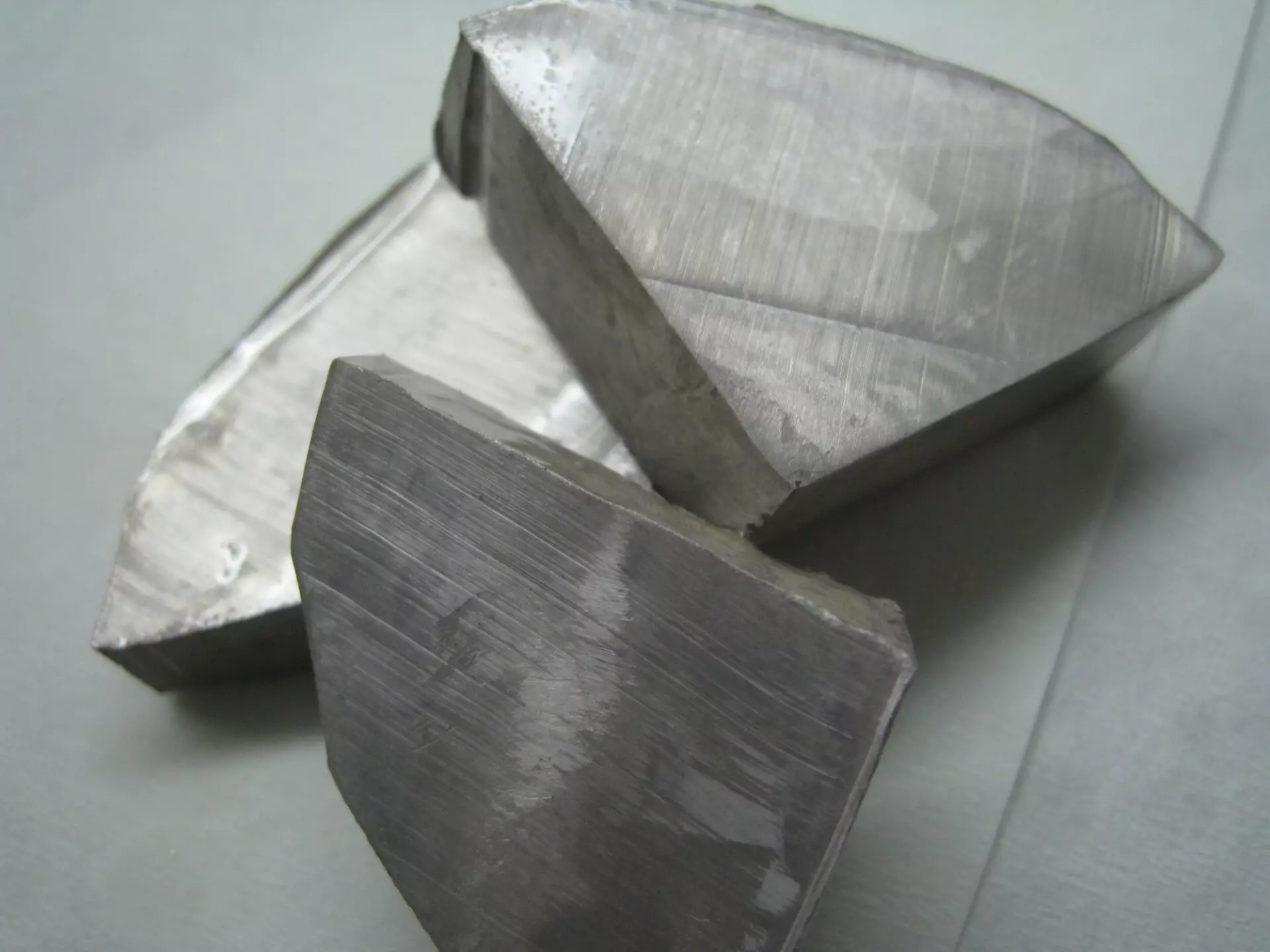When matter is subjected to extreme pressure, such as deep within the Earth’s surface or the center of a star, significant changes occur on an atomic level. This phenomenon has long fascinated scientists, particularly when it comes to the transformation of metals into nonconducting insulators under high pressure. One such metal is sodium, which has been observed to become a transparent, glass-like insulator when subjected to intense pressure. To understand the chemical bonding behind this process, a recent study led by the University at Buffalo delved into the quantum chemical calculations to shed light on this high-pressure phenomenon.
In the past, it was widely believed that materials would always become metallic under high pressure. However, the seminal paper by physicists Neil Ashcroft and Jeffrey Neaton two decades ago challenged this notion, showing that materials like sodium can actually become insulators or semiconductors when squeezed. They theorized that sodium’s core electrons, traditionally seen as inert, would interact with each other and the outer valence electrons when subjected to extreme pressure. Building upon their work, the recent study by the University at Buffalo aims to connect Ashcroft and Neaton’s physics-based theory with chemical concepts of bonding.
To understand the behavior of electrons in sodium atoms under high pressure, the research team at the University at Buffalo used supercomputers in their Center for Computational Research. These computations revealed that the electrons become trapped within the interatomic spaces, forming an electride state. This transformation leads to sodium’s transition from a shiny metal to a transparent insulator. In this new state, the trapped electrons simply allow light to pass through, while free-flowing electrons absorb and retransmit light.
Contrary to the previous intuitive theory that high pressure causes electrons to leave the atoms, the study’s calculations demonstrated that the electrons remain chemically bonded to the surrounding atoms. Rather than being isolated electrons, they are shared between the atoms in a chemical bond. The calculations showcased that high pressure causes the electrons to occupy new orbitals within their respective atoms, and these orbitals then overlap with each other, resulting in the formation of chemical bonds. As a result, localized charge concentrations occur in the interstitial regions, leading to the emergence of the electride state.
The research on the chemical bonding behind sodium’s transformation under high pressure has important implications beyond the understanding of this particular phenomenon. By gaining insights into how other elements and chemical compounds behave at extreme pressures, scientists can potentially answer larger questions about the nature of stars, the generation of planets’ magnetic fields, and the evolution of celestial bodies. The findings of this study contribute to a deeper understanding of these topics and pave the way for future investigations.
The study was led by Dr. Eva Zurek, a professor of chemistry in the UB College of Arts and Sciences. The late physicist Neil Ashcroft, to whom the study is dedicated, provided the initial theoretical groundwork for the research. The study’s lead author, Dr. Stefano Racioppi, is a postdoctoral researcher in the UB Department of Chemistry. The team also collaborated with researchers from the University of Edinburgh’s School of Physics and Astronomy and Center for Science at Extreme Conditions. The work was supported by the Center for Matter at Atomic Pressure, a National Science Foundation center led by the University of Rochester that explores the rearrangement of materials’ atomic structure under pressure.
The study on the chemical bonding behind sodium’s transformation under high pressure provides valuable insights into the behavior of materials in extreme conditions. By uncovering the intricate details of chemical bonding in this process, scientists move closer to understanding not only the specific phenomenon but also broader questions related to the nature and evolution of celestial bodies. This research opens up new possibilities for exploring the behavior of other elements and compounds under intense pressure and paves the way for future investigations in the field.


Leave a Reply